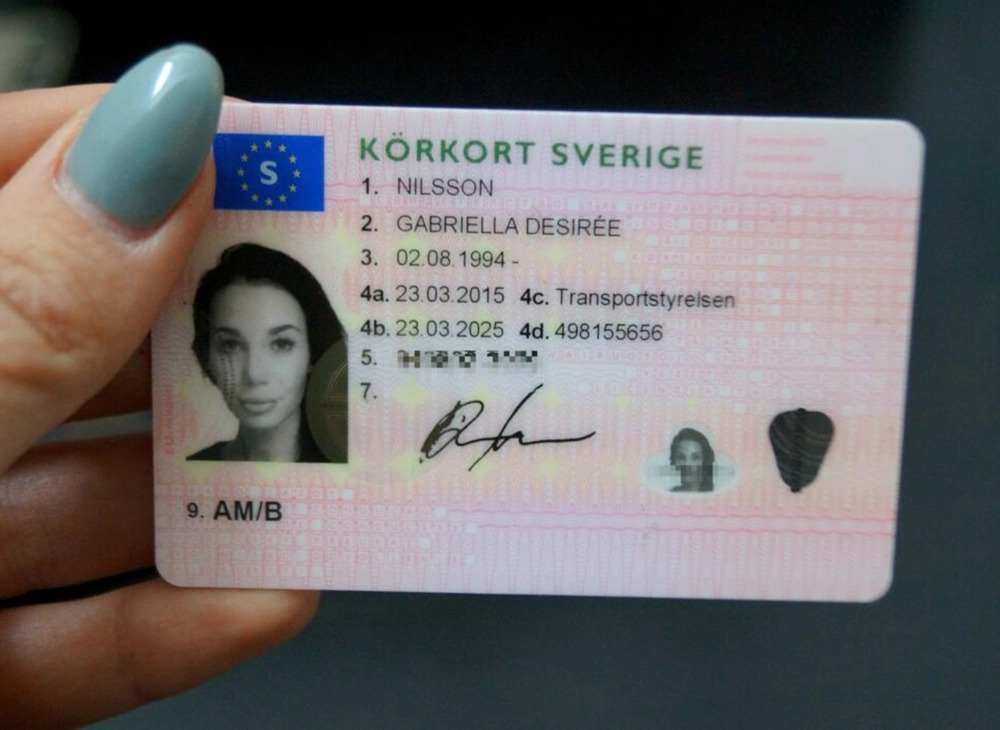The Future of Driving Licenses: ID Handling in 2025
As technology continues to progress at an unmatched rate, various sectors are embracing developments to improve user experience and performance. Among the locations experiencing substantial transformation is identity management, particularly worrying driving licenses. With the introduction of digital licenses and advanced recognition methods, the landscape of driving license ID handling is expected to undergo substantial changes by 2025. This short article explores the awaited developments in driving license ID handling, the ramifications for users, and answers frequently asked questions about the future of driving licenses.
The Evolution of Driving Licenses
Driving licenses have generally acted as a way of determining a person's authority to run a motor car. They likewise serve multiple secondary purposes, consisting of age confirmation and identity confirmation for banking and travel. Nevertheless, the physical card system has limitations, including threats of counterfeiting, loss, and outdated information. As society seriously relies on efficient and protected recognition systems, the transition towards digital licenses is ending up being increasingly popular.
Present Trends in Driving License ID Handling
Digital Licenses: Many states are piloting digital driving licenses that permit users to store their qualifications on their smartphones. These digital licenses are created with innovative security functions, including biometric data, and can be scanned or shared firmly.
Blockchain Technology: Some jurisdictions are checking out blockchain to enhance the security and credibility of driving licenses. This innovation ensures that information can not be tampered with and that the data is easily verifiable.
Facial Recognition: Increasingly utilized in recognition practices, facial recognition technology can expedite the procedure of confirming an individual's identity versus their driving license. This innovation likewise helps in reducing fraud and preserve the integrity of the licensing systems.
Multi-Functional Licenses: Future driving licenses might integrate extra functions such as health records, travel paperwork, and even payment systems, offering an extensive identity service.
The Benefits of Digital Driving Licenses by 2025
The shift toward digital driving licenses presents numerous advantages, including:
Convenience: Users can access their licenses anytime, which eliminates the requirement for physical cards. This is particularly helpful when people forget their license, as digital copies can be retrieved quickly.
Security: Advanced security measures can lower the risk of identity theft, fraud, and unapproved duplication. Digital licenses often consist of encryption and biometric confirmation.
Efficiency: Reduced wait times at government workplaces and throughout traffic stops, as police can confirm digital licenses immediately.
Implications for Users
While the advancements in driving license ID dealing with present many benefits, they also come with challenges. Users require to adapt to new technology and ensure they understand the modifications and their implications. Here are some factors to consider:
Privacy Concerns: With increased digital footprints, there will be increased issues over information personal privacy and how biometric information is kept and utilized.
Ease of access Issues: Individuals without access to mobile phones or digital innovations may deal with barriers to acquiring and using digital licenses.
Regulatory Compliance: With numerous jurisdictions embracing various systems and procedures, users should understand their regional laws regarding digital licenses and recognition.
Anticipated Changes in Driving License ID Handling by 2025
| Element | Existing Status | Anticipated Change by 2025 |
|---|
| License Format | Physical cards | Mainly digital licenses |
| Confirmation Process | Manual checks | Automated biometric verification |
| Security Measures | Standard holograms and functions | Advanced encryption and blockchain |
| Jurisdictional Differences | Fragmented procedures throughout states | More standardized national systems |
| User Interaction | In-person renewals and checks | Mobile applications for management |
FAQs
1. What is a digital driving license?A digital driving license is an electronic version of a traditional driving license that is stored on a mobile gadget. It can be used for recognition and verification in different scenarios, with enhanced security functions to avoid scams.
2. How will digital licenses improve security?Digital licenses use encryption and biometric information, making them more hard to create or abuse compared to standard cards. Additionally, blockchain technology can ensure data credibility and stability.
3. Will everyone be needed to switch to a digital license?While numerous jurisdictions are moving towards digital licenses, guidelines may vary. Users are motivated to contact their local licensing authorities for particular standards.
4. What are the potential disadvantages of digital licenses?Some prospective drawbacks include personal privacy issues relating to information storage, availability concerns for people without mobile phones or digital literacy, and the need for a robust regulative structure to handle security and user rights.

5. How can KöRkort I Sverige prepare for the shift to digital licenses?Stay notified about regional initiatives relating to digital licenses, check out readily available mobile applications for managing identification, and cultivate digital literacy to browse new innovations with confidence.
The future of driving licenses and ID handling is poised for substantial advancement by 2025. As digital licenses become more common, users will experience enhanced security, benefit, and efficiency. However, along with the benefits come challenges that will require public awareness and adjustment. Stakeholders should prioritize education, guideline, and availability to make sure a smooth transition that empowers individuals with the identification tools of the future. As technology advances, so too will the approaches through which society handles identity, particularly essential in processes as essential as operating a motor vehicle.